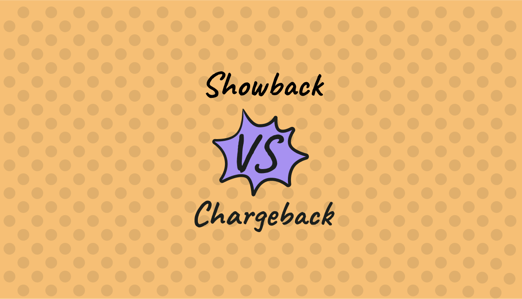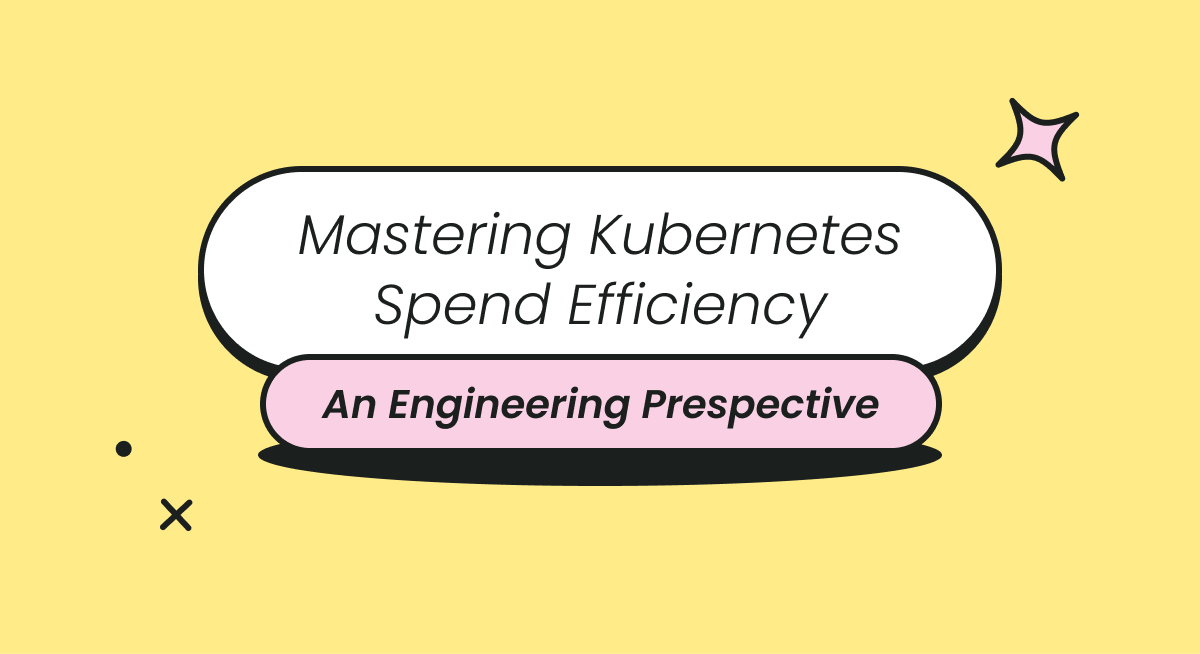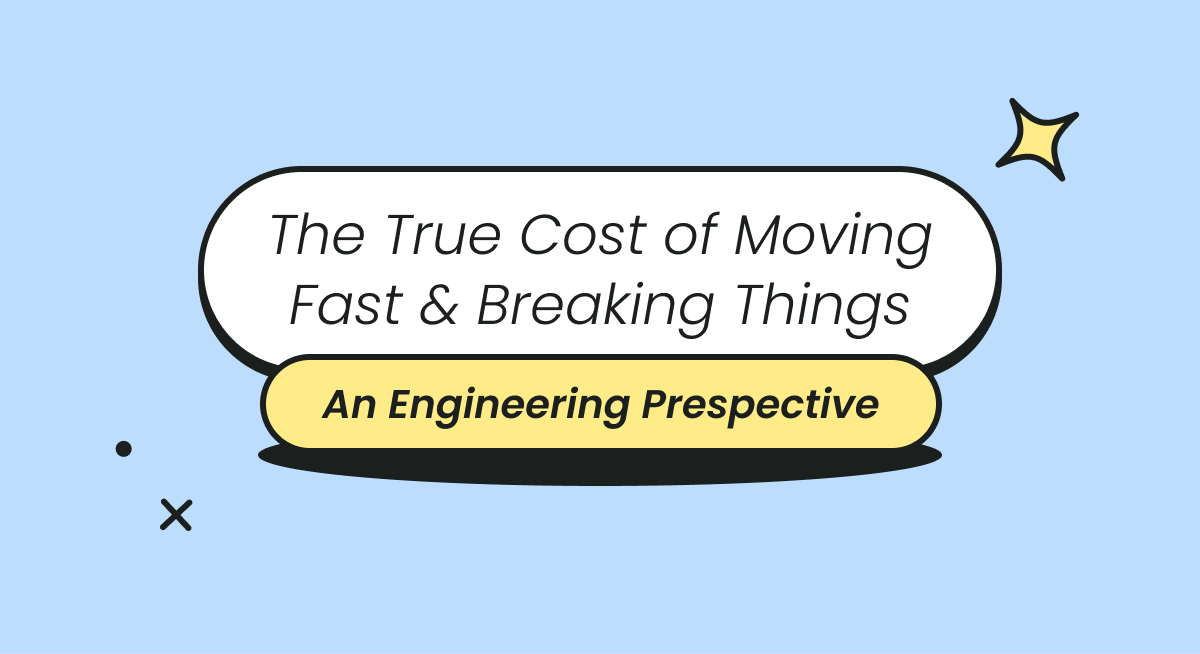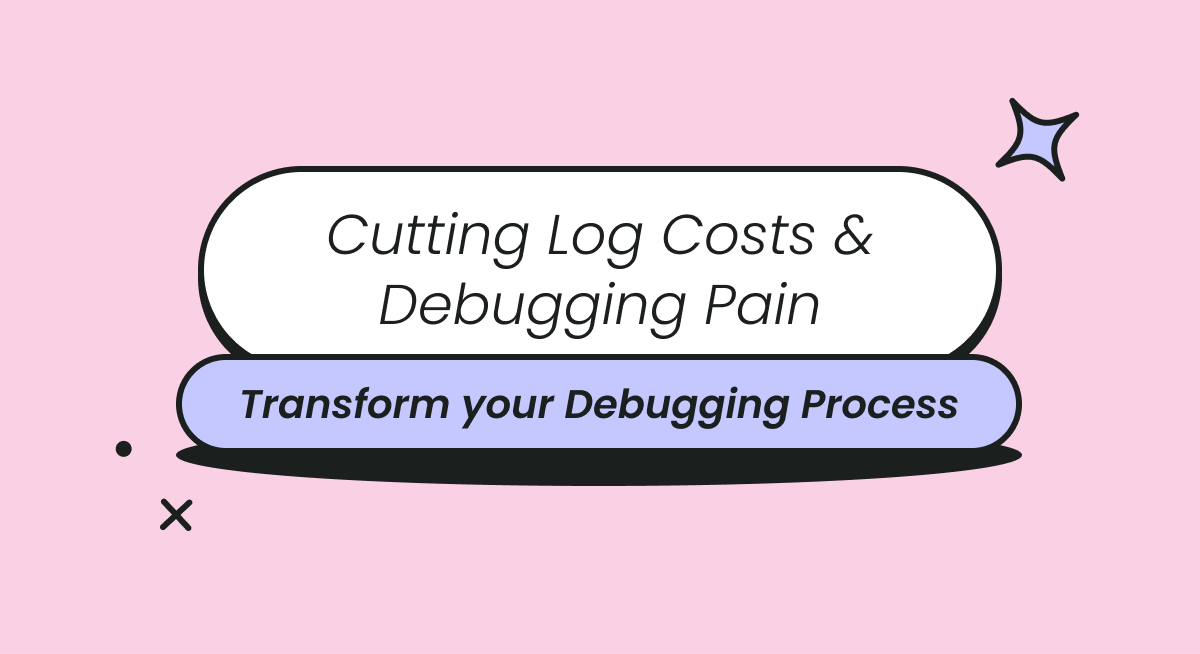
What is Cost Showback?
Cost showback is a method used in IT financial management—and increasingly in cloud FinOps where the costs incurred by different departments or business units are tracked and reported, but not directly billed. In showback, IT or cloud expenses are allocated to specific teams or services, giving visibility into resource usage and associated costs. However, no actual financial transaction takes place, and departments do not actively pay for their usage.
The main goal of showback is to promote accountability and transparency, helping organizations understand their spending patterns without creating friction around budget ownership. Chargeback vs. Showback is a key distinction in FinOps—while showback provides visibility, chargeback allocates actual costs to business units, enforcing budget responsibility.
Showback is often used in organizations looking to increase awareness of IT costs and encourage more efficient resource utilization. It acts as a precursor to chargeback, offering similar insights without enforcing budget constraints, allowing teams to prepare for a more structured cost allocation approach.
What is Chargeback?
Chargeback is an IT financial management practice where the costs of IT services and resources are directly billed to the departments or business units that use them. This method not only tracks costs but also enforces payment, requiring individual teams to manage their own IT budgets. The purpose of chargeback is to ensure that departments are financially responsible for their IT consumption, encouraging efficient use of resources and tighter budget controls.
Chargeback is more formal and structured than showback. It often includes specific billing cycles and mechanisms for calculating and allocating costs. This model is commonly used in organizations that want to maintain strict financial accountability for IT expenses.
Showback in the Pre-Cloud World
In the past, showback and chargeback of your cost data into business units were relatively easy; purchase orders for huge servers went out in an orderly fashion. There were no surprises in the monthly bill since the purchasing department controlled everything. Each dollar spent was attributed to a purchase order from a specific business unit in the company, and the finance department was able to monitor every cent.
Each company had complete ownership of its infrastructure, no 3rd party SaaS providers, and the entire company ran on a single dedicated infrastructure.
This is part of a series of articles about Cloud Cost Management.
Showback Pros and Cons
Pros:
- Visibility: Showback provides clear visibility into IT costs, allowing departments to see how much they are consuming in terms of resources like cloud storage and compute.
- Non-intrusive: Because no financial transfer occurs, showback is less likely to cause resistance from teams.
- Accountability: Departments can still be held accountable for their usage, even though they don't have to pay directly.
- Decision-making support: Showback offers useful data that can aid in better decision-making for both IT and finance teams, improving budgeting and forecasting.
Cons:
- No direct financial control: Since departments aren’t required to pay for their usage, there’s less incentive to actively manage or reduce costs.
- Limited enforcement: Without the discipline of direct billing, cost-cutting initiatives may be harder to enforce, as teams are not financially obligated to respond.
- Potential complexity: The process of tracking and reporting costs, even without billing, can introduce additional administrative overhead for IT teams managing the data.
Chargeback Pros and Cons
Pros:
- Financial accountability: Chargeback enforces budget discipline by making departments pay for their IT usage, motivating them to manage resources efficiently.
- Cost control: Since departments are directly billed, they are more likely to monitor their consumption and seek ways to reduce costs, potentially leading to significant savings.
- Budgeting: Chargeback enables clearer budget forecasting, as departments can plan their IT expenses based on past usage data and cost projections.
- Alignment with business o: By tying IT costs to specific departments, chargeback helps ensure that spending aligns with business priorities.
Cons:
- Administrative complexity: Implementing chargeback can be administratively demanding, requiring accurate cost tracking, detailed reporting, and billing processes.
- Potential for conflict: Chargeback can lead to friction between IT and other departments, due to disputes over the fairness of charges or accuracy of usage data.
- Resistance to innovation: Departments may become hesitant to adopt new technologies or services if they fear a significant increase in costs.
- Inflexibility: In some cases, chargeback can introduce rigidity into IT service consumption, as departments may focus more on cost-cutting than on innovation.
Showbacks vs. Chargebacks: The Key Differences
While both showback and chargeback offer transparency into IT costs, they differ in their approach to accountability and financial enforcement.
- Financial responsibility: In a chargeback model, departments are financially responsible for their IT usage, meaning they are billed directly and must account for these costs in their budgets. Showback only provides visibility into IT expenses without requiring actual payment, so departments are not held financially accountable.
- Impact on behavior: Chargeback enforces cost-conscious behavior since departments must pay for their consumption. This often leads to more disciplined resource management and a focus on cost-cutting. Showback, while informative, may not drive the same level of cost optimization since there is no direct financial consequence for overuse.
- Complexity: Chargeback introduces more administrative overhead due to the need for accurate cost allocation, billing cycles, and potential conflict resolution. Showback is simpler, as it only requires cost reporting without the need for billing systems or detailed financial processes.
- Budget flexibility: Because chargeback ties costs directly to department budgets, it can limit flexibility in resource use, as teams may avoid new IT services due to budget constraints. Showback allows for more experimentation, as departments can see cost impacts without being financially restricted.
- Enforcement and control: Chargeback is a stricter model, enforcing cost control through direct billing, while showback relies more on fostering awareness and voluntary cost management. Organizations focused on strict financial discipline may prefer chargeback, while those prioritizing collaboration and innovation might lean toward showback.
The Evolution of Showback in a Cloud World
In the past, showback and chargeback your cost data into business units was relatively easy; purchase orders for huge servers went out in an orderly fashion. There were no surprises in the monthly bill since the purchasing department controlled everything. Each dollar spent was attributed to a purchase order from a specific business unit in the company, and the finance department was able to monitor every cent.
Each company had complete ownership of its infrastructure, no 3rd party SaaS providers, the entire company ran on a single dedicated infrastructure.
The cloud introduced usage-based pricing, which is not a fixed-rate cost and introduces economic usage incentives. Many businesses that use multiple cloud providers, together with Saas solutions and data services like Data Lakes. Each one has its own billing, terminology, and interface.
When the speed at which a new cost is charged can be measured in milliseconds, showbacking every cent back to the team can seem impossible.
To make matters more complex, more and more companies are dependent on usage-based pricing via 3rd party solutions with the infrastructure shared between different R&D teams. All teams use the same DBs and the same K8s clusters. The bills just keep piling on, and nobody has the ability to Showback and chargeback which group is responsible for the dollar cost. In other words: billing chaos.
The FinOps Difference Between IT Showback and Chargeback
Showback and chargeback both represent processes of accountability where departments are asked to own their technology usage and resources after being provided with a visibility tool that allocates the costs associated with them.
The difference is simple: while Showbacks offer departmental visibility into IT resource usage without charging departments for their use, chargeback bills each department for the usage of technology resources used for a given period. So the main difference is the expectation for departments to “pay” for utility usage in chargeback while only taking accountability for their usage in Showback.
Showback is basically sending the report to a specific department, showing it the cost of the individual department’s usage, but it isn’t accompanied with a billing request. Internal teams usually would prefer (when asked) to work with Showback and not chargeback systems, but the bigger the department is, the more chargeback oriented solution it will become as the budgeting should be handled internally for optimum allocation of resources.
A Real Life IT Showback Case Study
Consider “Bank INC”, whose cloud provider is AWS. They use K8s heavily (like so many modern companies), and recently they added Snowflake as a scalable solution for their Big Data needs. All major R&D groups rely on the infrastructure, creating multi-tenancy cost chaos.
Each month 3 different bills arrive, each one calculated and analyzed differently, while all the Head of Engineering wants to know is how much each group in engineering spent in the cloud in the past 3 months.
This is a common issue for our clients at Finout. The infrastructures may be different, but the challenge is the same.
The ability to allocate total costs for the desired business entity is a basic need for every company. It is vital for budget management; to prioritize cost reduction efforts; to verify spending is as expected, and it drives cost accountability across the organization.
Imagine an organization where their engineering group managers do not know the current state of their group budget. How much are they spending on each cloud service? What has changed since last week? What is their cost increase driver?
Interested to learn about how to create modern Showback capabilities inside your company? Learn more about Finout.
Related content:
- Read our guide to cloud cost management tools
- Read our guide to cloud tags








